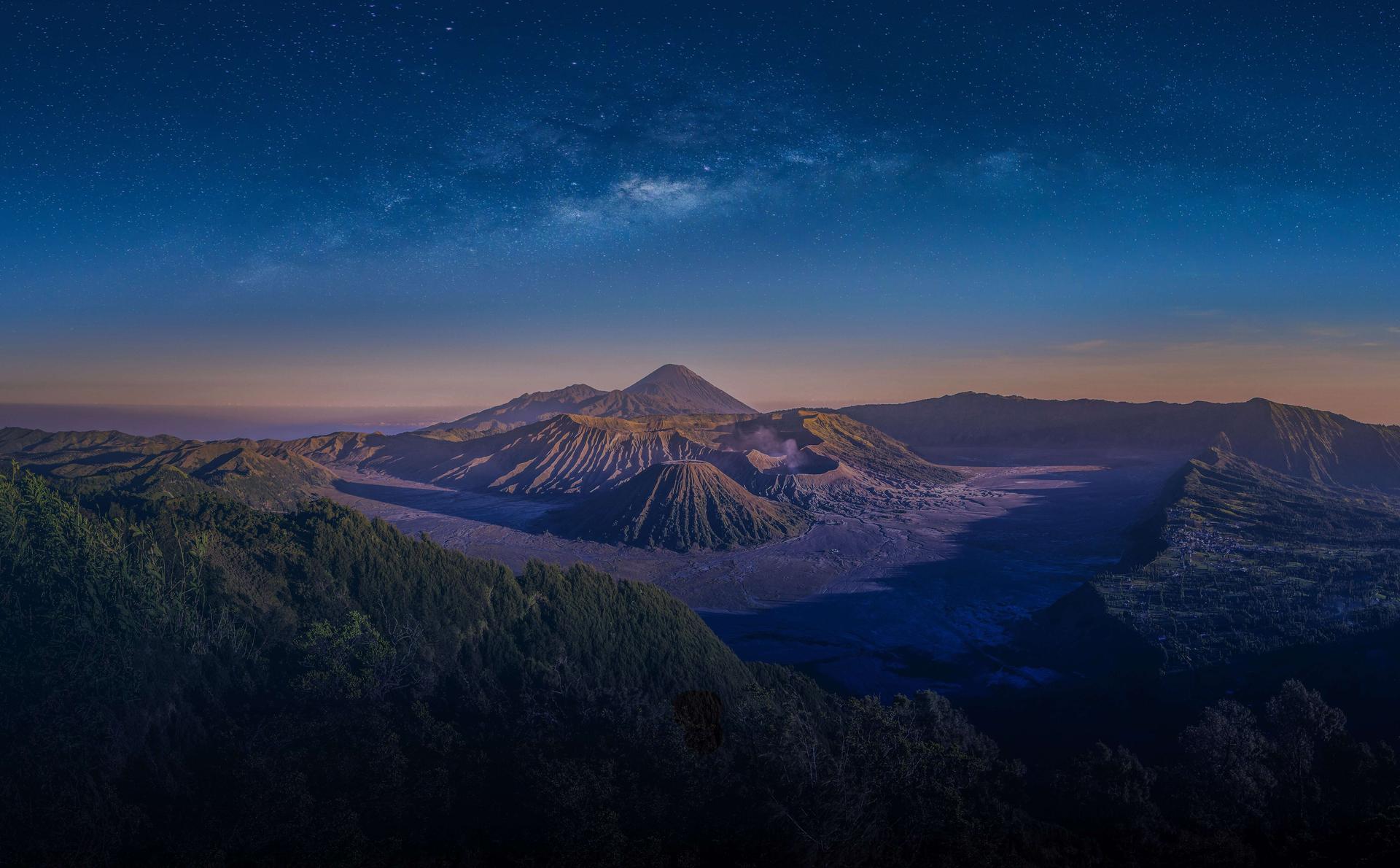10 Davao Tourist Spots to Check Out

1. Museo Dabawenyo
(photo via Facebook, @museodabawenyo)
Museo Dabawenyo also known as “The Museum of the People of Davao” or the NEW Museum, is one of the top attractions in the city. The museum is a hotspot for tourists because of its extensive collection of local handicrafts and historical items you won’t find anywhere else. It is divided into four sections; The Indigenous People’s Gallery, The Moro People’s Gallery, The Contemporary Gallery, and the Memorabilia Gallery.
2. D’ Bone Collector Museum
(photo via Facebook, @D-Bone-Collector-Museum)
The D’ Bone Collector Museum houses over 700 specimens and one of the largest collections of bones, skulls, and skeletons in the country. Here, guests get to enjoy a fascinating display of various animals from the tropical rainforest all the way to the deepest parts of the ocean.
3. Tribu K Mindanawan Cultural Village
(photo via Shutterstock)
Just a 15 minute drive from downtown, Tribu K Mindanawan gives you a glimpse of the rich culture of Mindanao’s indigenous people. The village highlights the ways of life, structures, and customs of the different tribes from around the province. For the best experience, schedule your visit on weekends, 530pm onwards, where they perform traditional dances and spectacular fire shows.
4. Jack’s Ridge/Taklobo Restaurant
Sitting atop a steep hill overlooking the Davao skyline up until the gulf, Jack’s Ridge offers one of the most spectacular views of the city.The strategically located deck was once used as headquarters and watchtower for the Japanese army during World War II.Today, more than half a century later, it functions as a popular restaurant called Taklobo that serves ihaw-ihaw and other local favorites. If you missed out on the window seat during your plane ride, Jack’s ridge is a great alternative.
5. Tamayong Prayer Mountain
Also known as the Garden of Eden Restored, the Tamayong Prayer Mountain is more than what you’d imagine. Despite the religious connotations of its name, the sprawling 8-hectare property in the idyllic foothills of Mt. Apo has also become a major tourist destination. It features a coffee shop, european-style buildings, a restaurant, manicured greens, and more. Before you make the trip, remember to wear appropriate clothing since it’s considered a sacred place. Visits can be made by appointment only.
6. Chinatown
(photo via Shutterstock)
In addition to being the only one in Mindanao, Davao Chinatown also claims to be the biggest one in the world. The 44 hectare business center is much different than Binondo in Manila.Instead of the rows of little shops, and family restaurants, the Davao version is filled with warehouses and commercial establishments. Those exploring can choose to visit one of the four buddhist temples, and go shopping in one of the five malls including the famous 168.
7. People’s Park
Boldly dubbed as the best park in the Philippines by many, People’s Park tops the list of one of the most visited spots in the City. The 4-hectare park features sculptures of different Davao symbols by Kublai Milan, manicured greens, a rainbow colored track, and even a children’s library. With a whopping P72-million budget, visitors get to enjoy the upscale and well-maintained amenities for free.
8. Japanese Tunnels
Step back in time in this 300 meter long tunnel of history where two life-sized Japanese soldiers stand guard. For a small fee, guests are allowed to explore the former headquarters used as chambers, offices, and even dungeons for prisoners during the 2nd World War. There you’ll find vintage weapons, statues dressed in kimonos, and old bullets fired during the battle. Given the dark history built around the tunnel, expect to feel a little uneasy inside.
9. San Pedro Street
(photo via Flickr, @Shankar S.)
San Pedro Street, or simply called “downtown,” is one of the oldest and busiest parts of Davao City. It’s the everyday-place for Davaoeños, while tourist flock the area for a dose of local life. During daylight it’s a busy, slightly serious district with the Davao Capitol building looming closeby. While San Pedro at night is just as busy, possibly even more. Expect to see second-hand shops, dirt-cheap exports, and food vendors all noisily announcing their special prices. And of course, there’s also the San Pedro Cathedral, the focal point of the street, where you can stop by for a quick prayer.
10. Kublai Art Garden
Located in Kapatangan, one of the favorite outdoor-adventure destinations in the foot of Mt. Apo, Kublai Art Garden is a collection of sculptures scattered around the lush valley. The garden serves as a giant canvas for artist, Kublai Millan, and his works. One of the most notable pieces is the Agong House, a structure patterned after the Mindanaoan percussion instrument, which is also used as a resthouse by the artist himself.
Enjoy a fun experience and check out other restaurants, things to do and more in Davao. Discover cheap hotel deals and cheap flights from carriers like Philippine Airlines, AirAsia, and more with Traveloka!]]>
Recommended Articles

14 Best Bangkok Night Markets You Must Visit

14 Best Subic Tourist Spots to Visit

Best Tourist Spots in Kyoto: Top 15 Must-Visit Attractions

Best Cherry Blossom Spots in Japan: 5 City You Must Visit!

Dolphin Watching in Lovina, Bali: An Unforgettable Ocean Adventure

Dolphin Watching in Lovina, Bali: An Unforgettable Ocean Adventure










 Facebook
Facebook Instagram
Instagram TikTok
TikTok Youtube
Youtube
